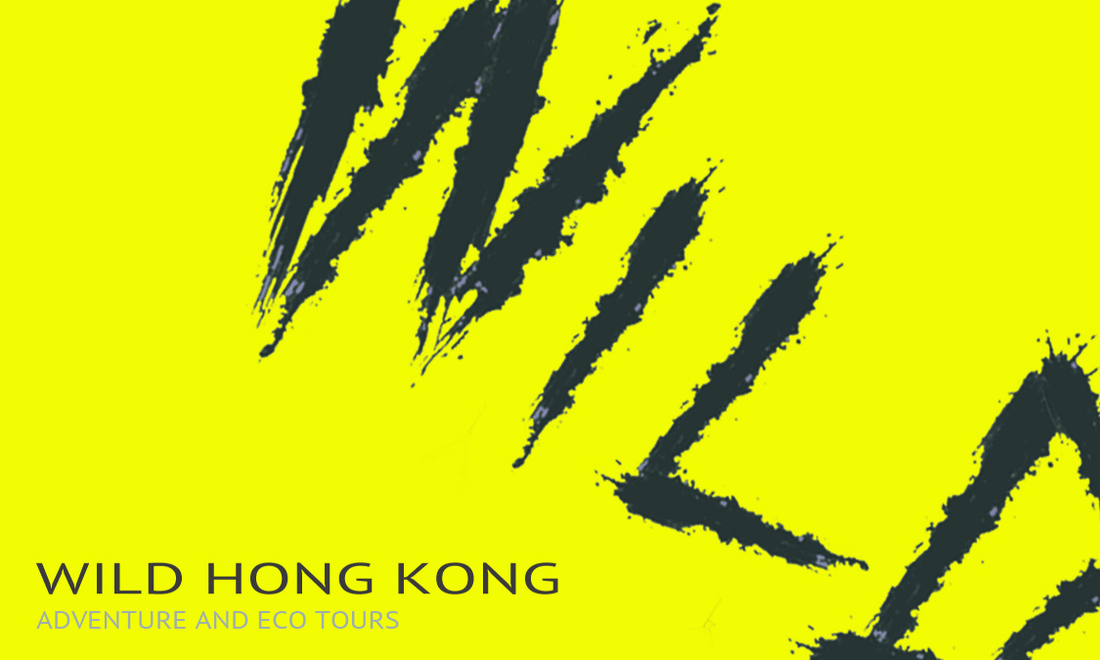It may not be as well known, but Tate’s Cairn and the adjacent Kowloon Peak is right up there in terms of grandeur. Conquer this rugged ridge and one will witness some of Hong Kong’s finest views. Feel the intense sprawl of Kowloon and enjoy the iconic backdrop of HK Island behind. Meanwhile a gaze round the other side reveals Sai Kung Country Park, Sha Tin Valley and the expansive hills of the New Territories. Not only is being at the top incredible, but the walking to be had either side is most enjoyable.

For those who want a much shorter stroll, upon reaching the junction between Fei Ngo Shan Road and Jat’s Incline, simply walk back down into Choi Hung via Jat’s Incline. Otherwise I recommend following Fei Ngo Shan Road to the mountain ridge where the Tate’s Cairn Weather Observatory is located.
Keep walking down Fei Ngo Shan Road to Choi Hung if you want to play it safe. Otherwise, there are a few really awesome alternatives for onwards adventures and ultimately decent back to town. For longer walks, remain with the Maclehose or Wilson Trails as long as you wish. However my pick for the super intrepid is the ridge walk over Kowloon Peak, past ‘Suicide Cliff’ and down the East Face to Clear Water Bay. Be forewarned that this is a very technical and dangerous option only to be attempted by the most experienced of hikers. If in any doubt whatsoever then bring a guide with you, or at the very least do the route in reverse so that you’re climbing the trickier parts of the route.
Tate’ Cairn is a classic year round spot that anyone can have a crack at, yet one with detours that will keep even the most seasoned of hikers more than honest. Its enchanted forests below and spectacular vistas above will no doubt leave one wanting to revisit.

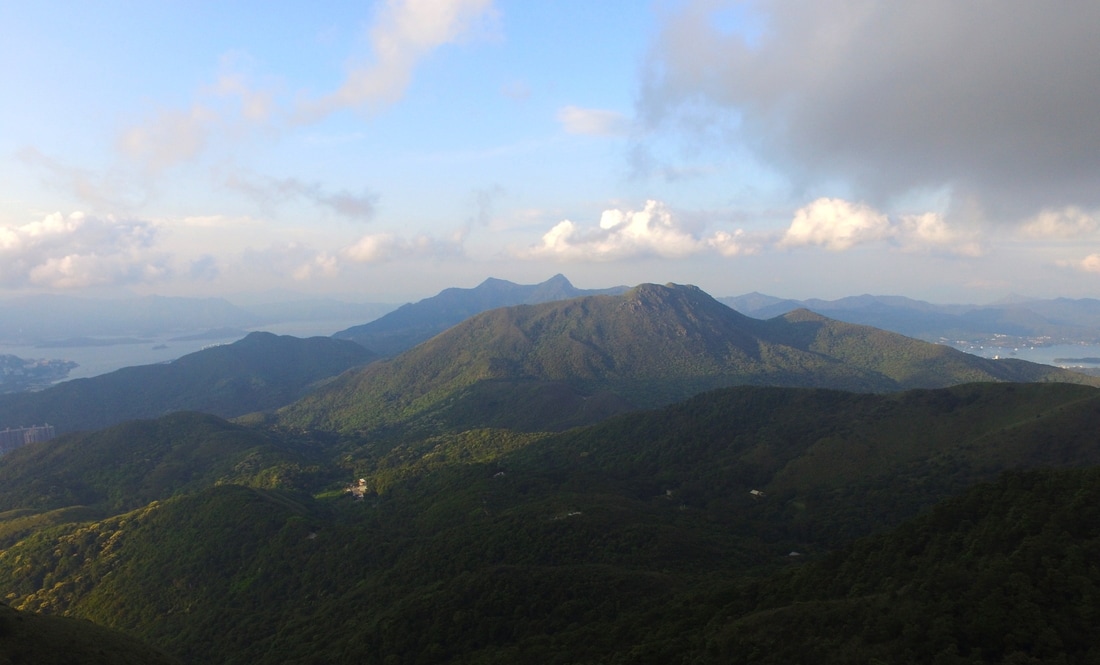
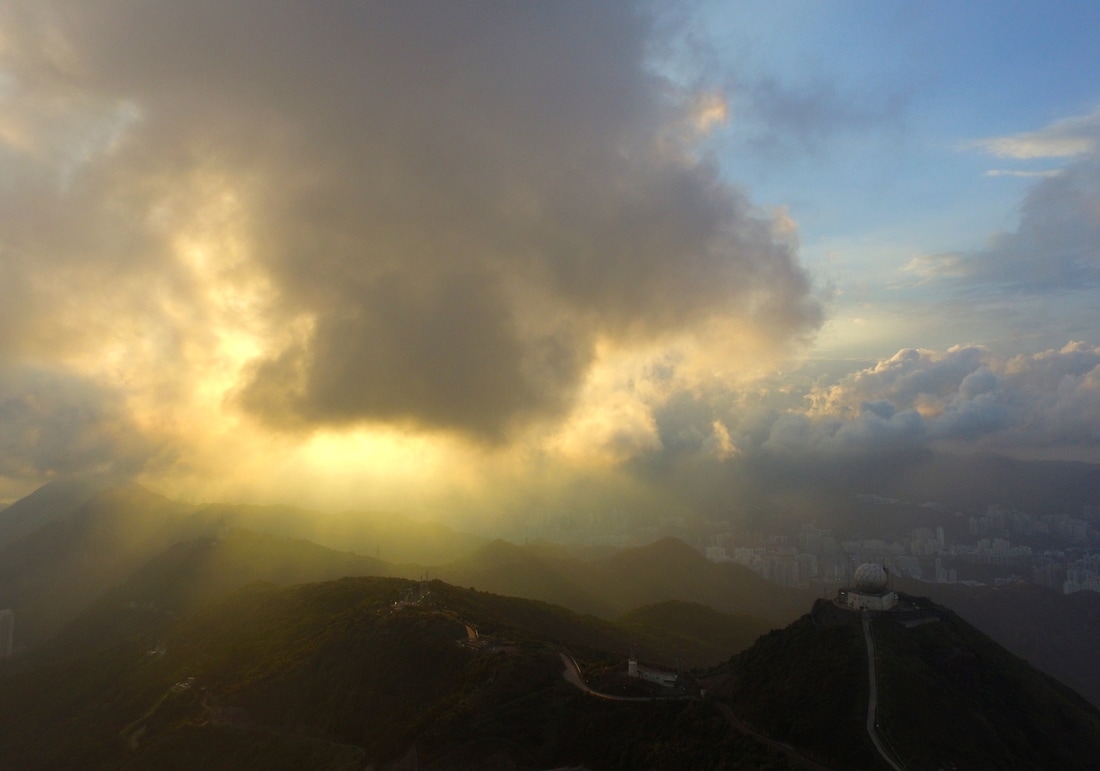
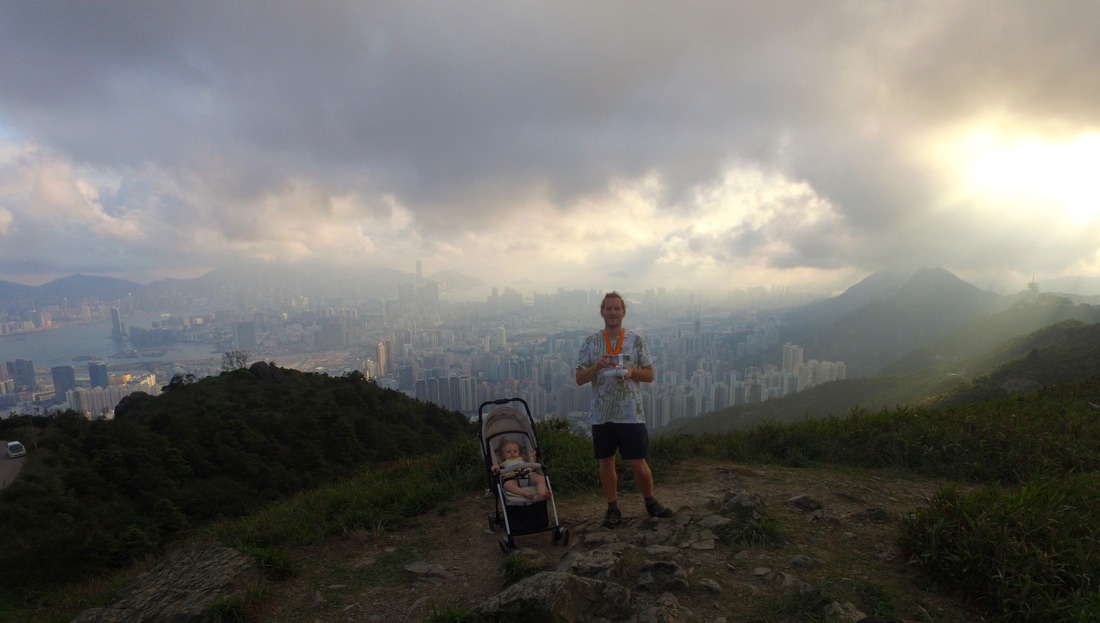

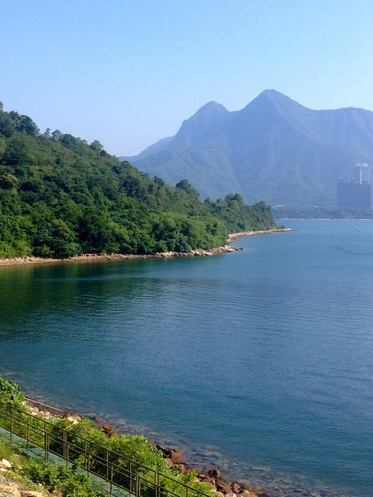
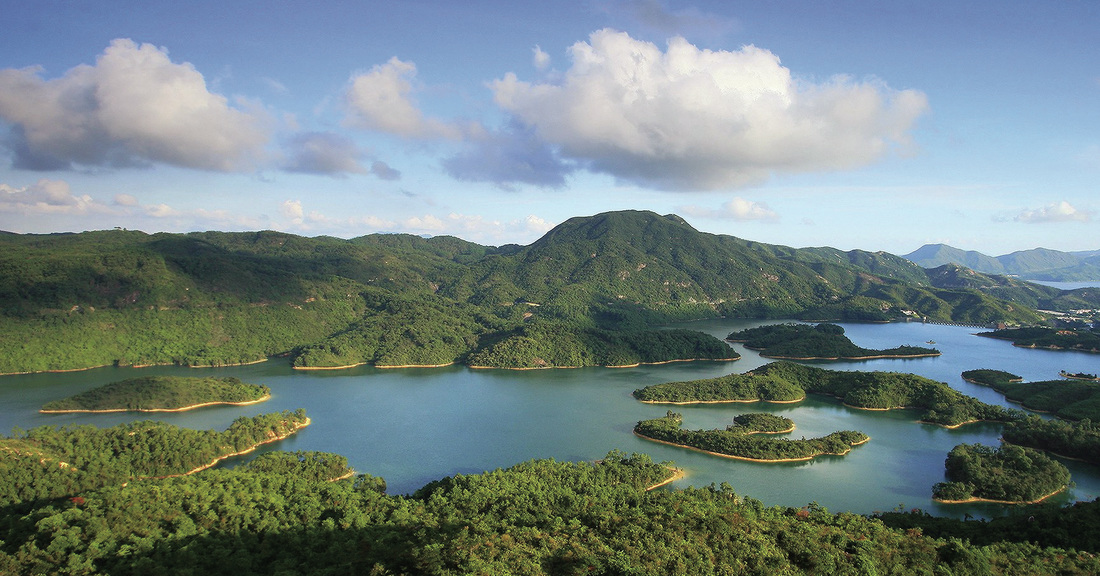
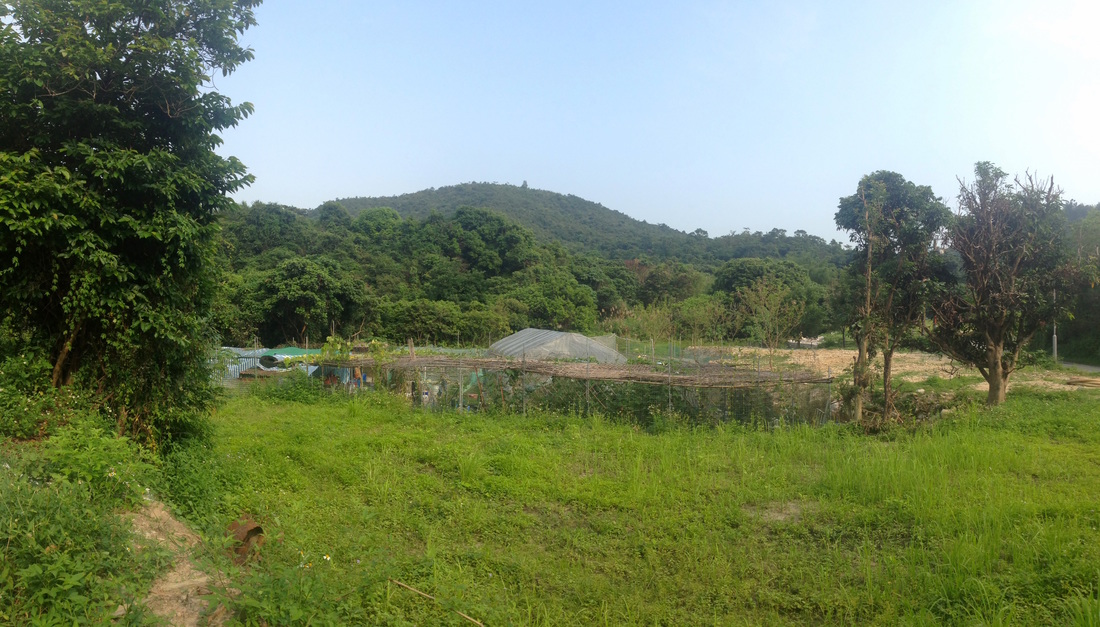

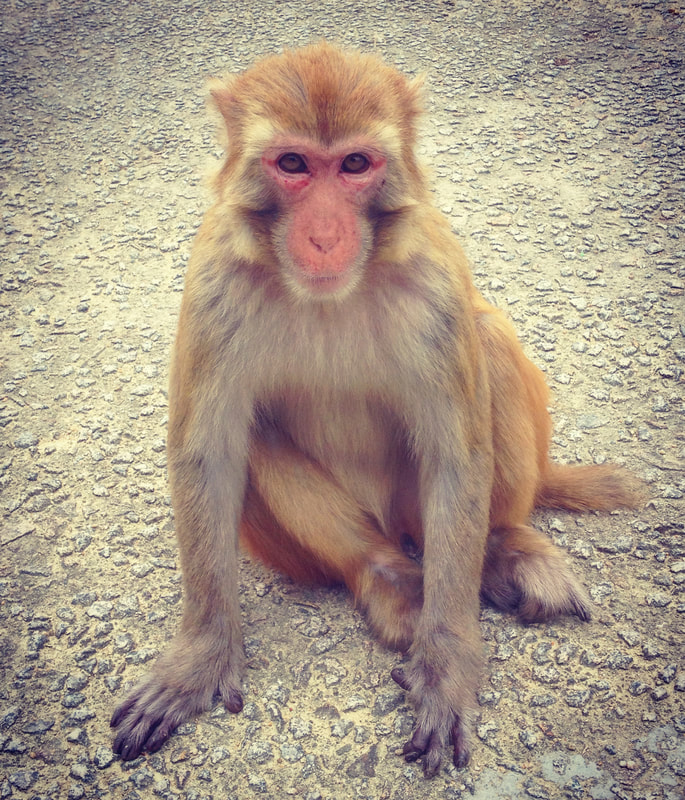
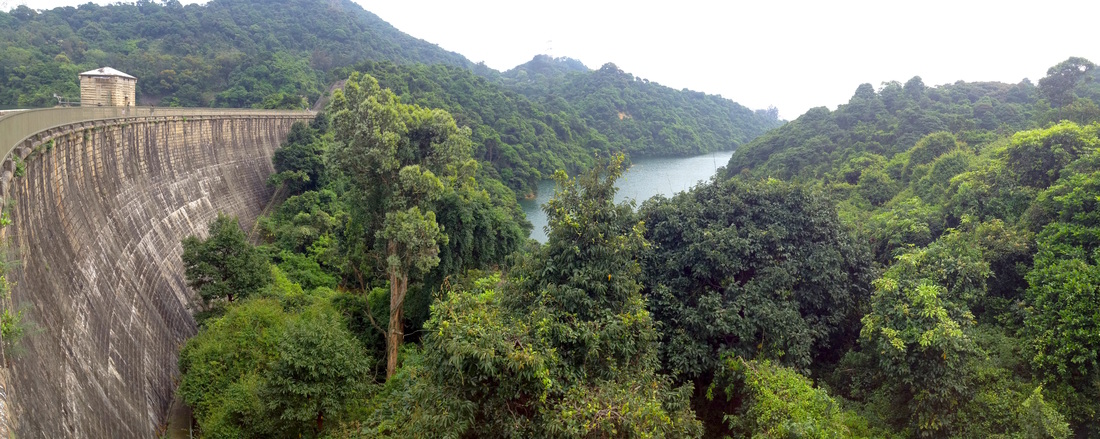
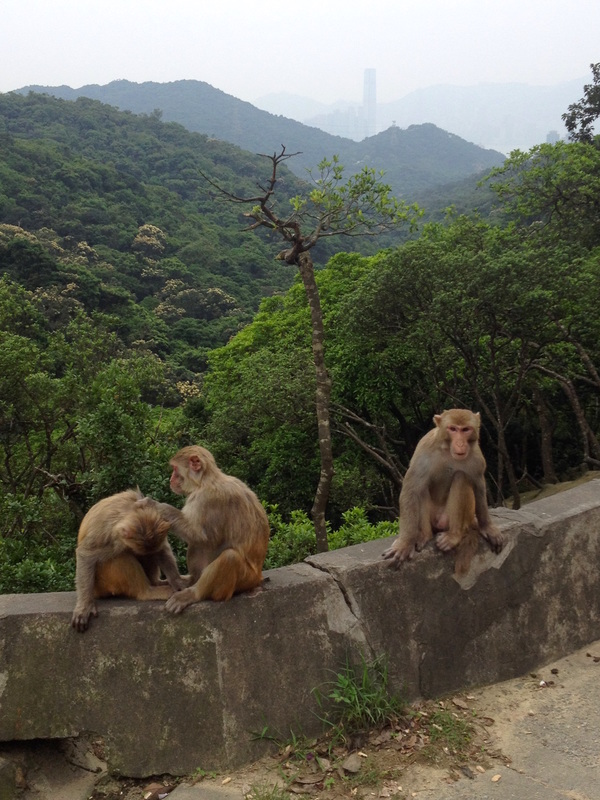
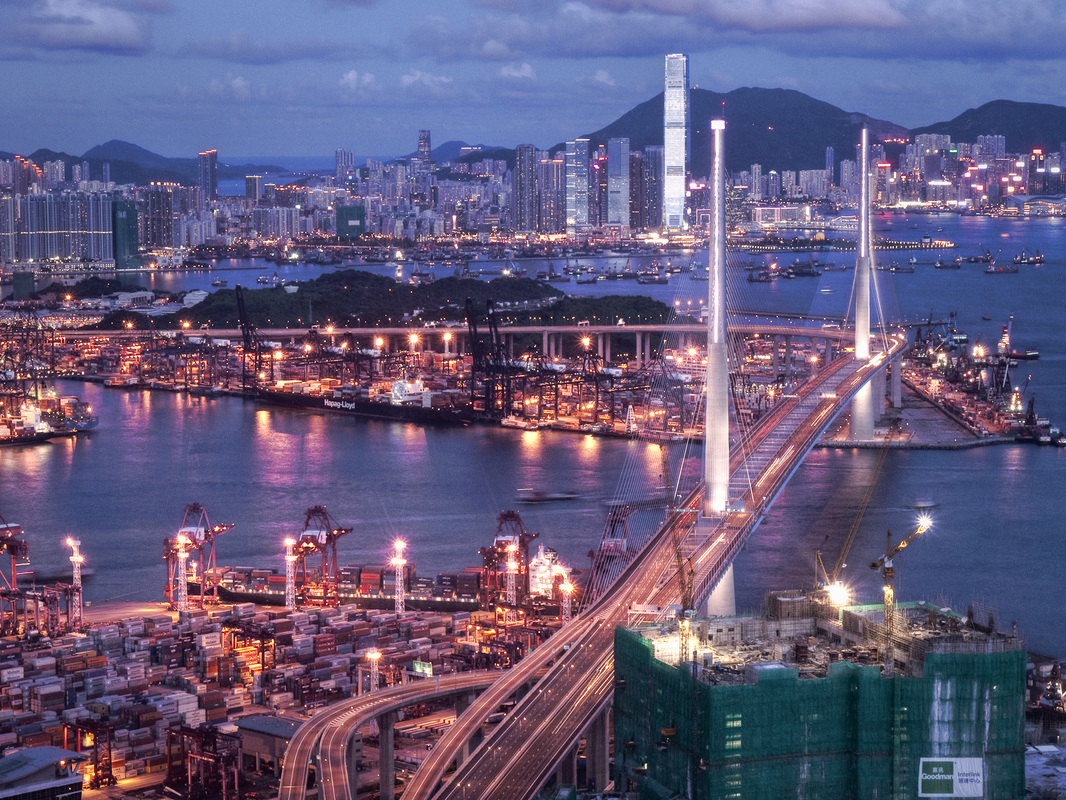
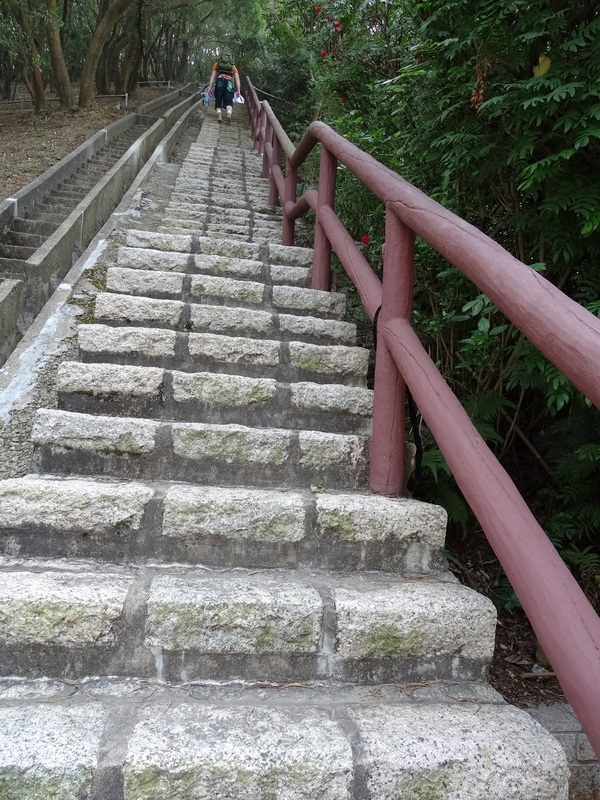
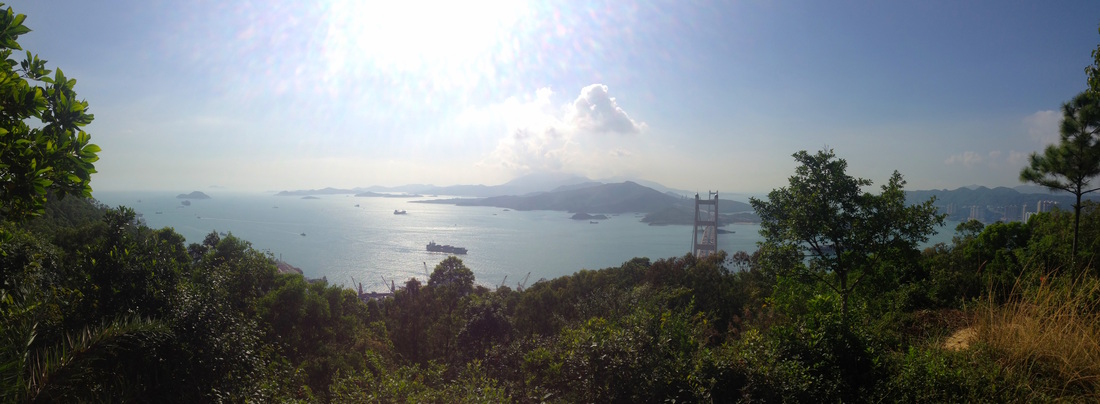
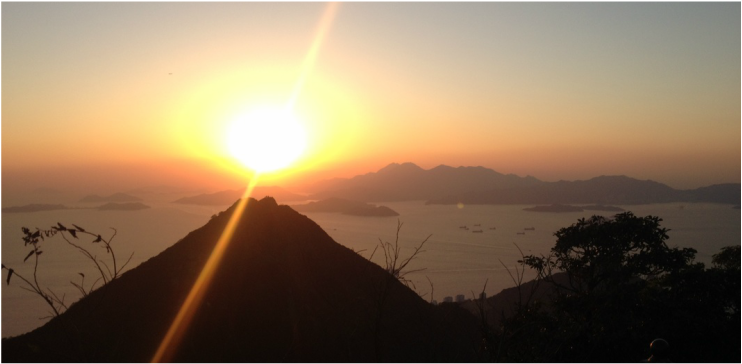
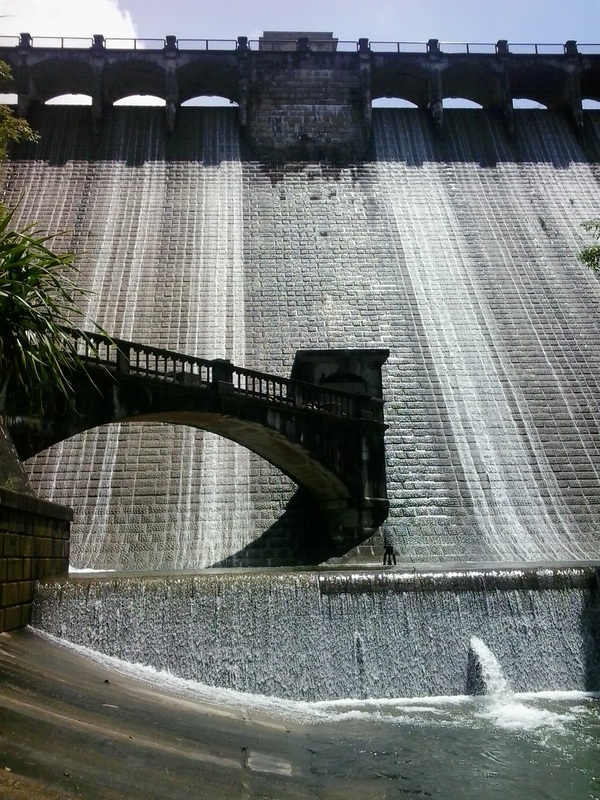
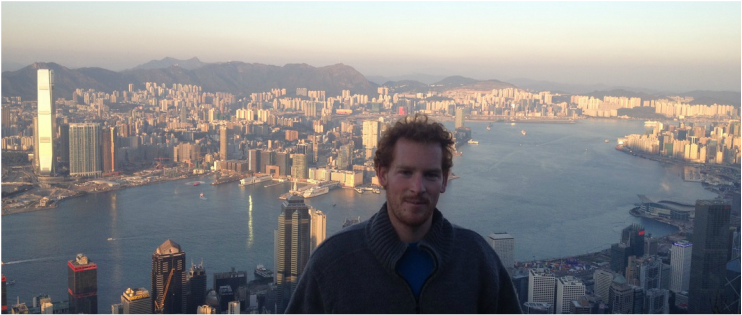

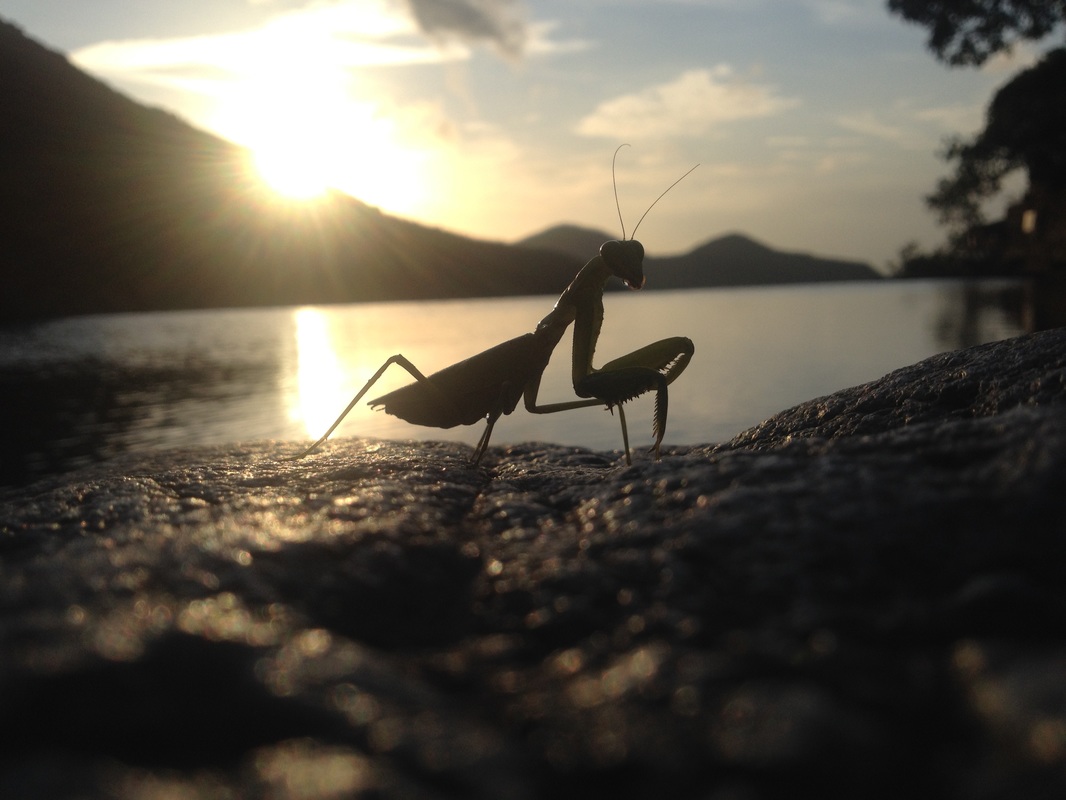
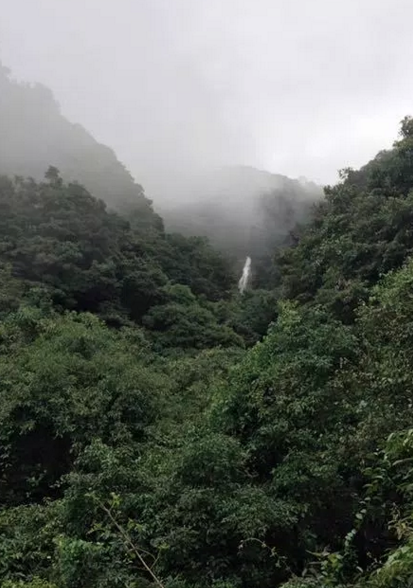
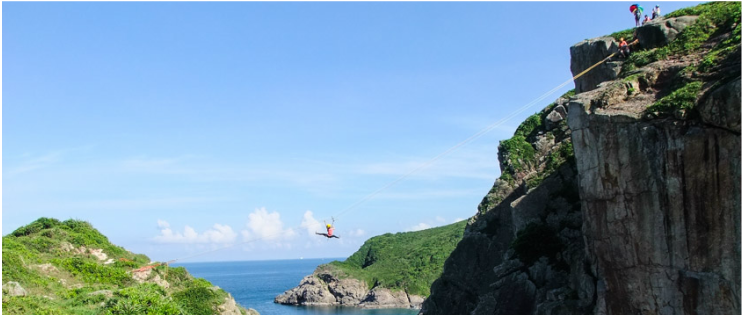
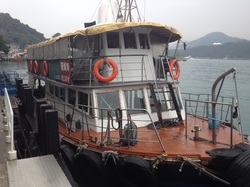
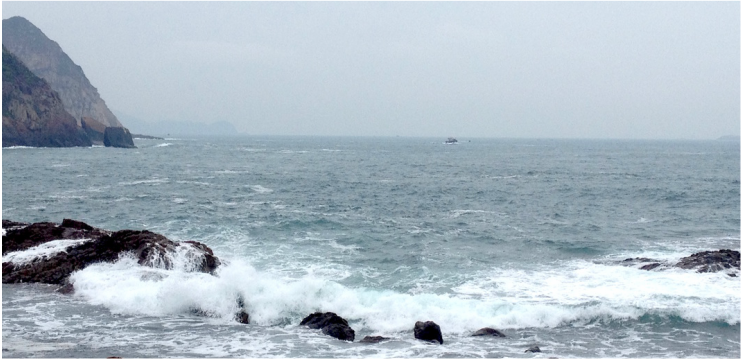
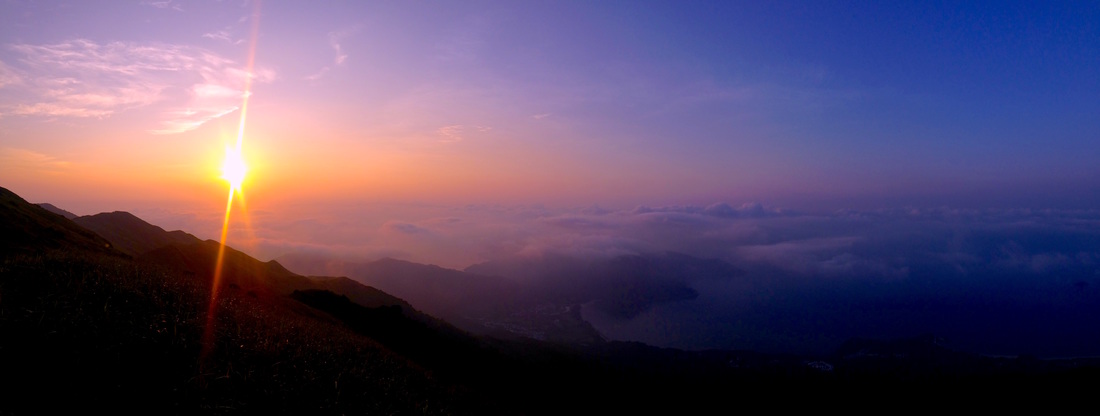
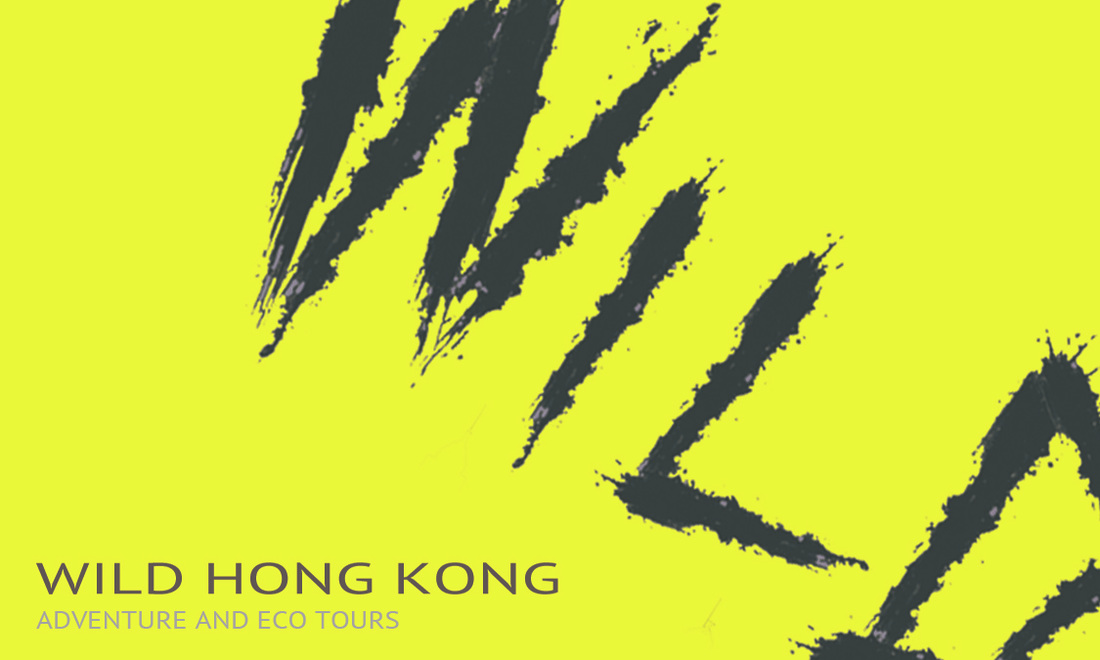
 RSS Feed
RSS Feed

